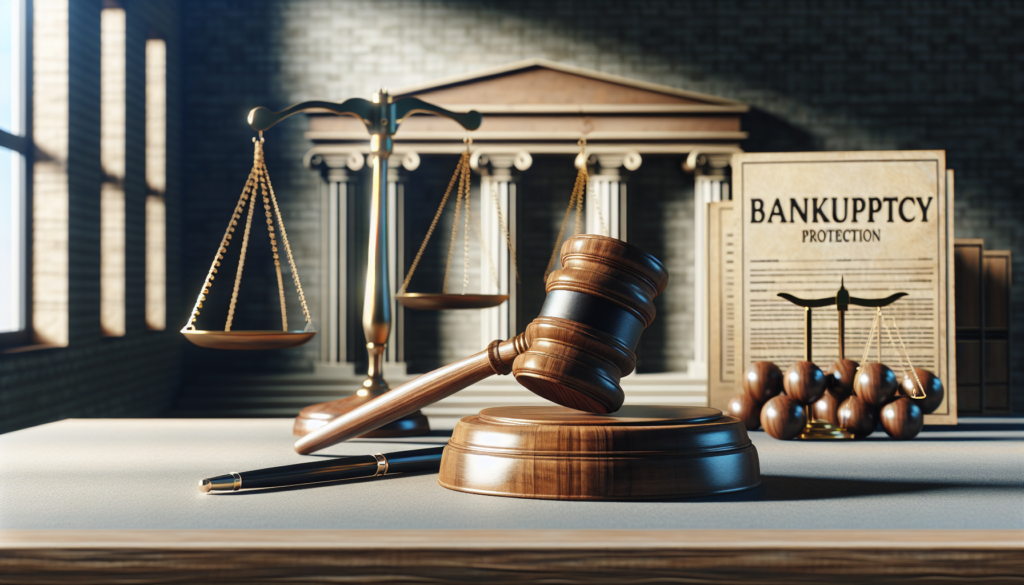
Chapter 7 and Chapter 13 bankruptcy are two distinct legal pathways available for individuals in the United States seeking relief from overwhelming debt. Each type serves different financial situations and offers unique benefits and drawbacks. Understanding the main differences between these two chapters is crucial for determining the most suitable option for your circumstances.
Eligibility
- Chapter 7: To qualify for Chapter 7, you must pass the “means test,” which compares your income to the median income for a household of your size in your state. If your income is below the median, you can file for Chapter 7. This chapter is often suitable for individuals with limited income and few assets.
- Chapter 13: Chapter 13 doesn’t require passing a means test. Instead, it’s designed for individuals with regular income who can afford to pay back a portion of their debts through a repayment plan. There are debt limits for Chapter 13; your unsecured debts must be less than $419,275, and secured debts less than $1,257,850 (as of 2020, subject to adjustments).
Process and Timeline
- Chapter 7: Involves liquidating non-exempt assets to pay creditors and typically concludes within 4 to 6 months, resulting in the discharge of most unsecured debts.
- Chapter 13: Requires proposing a repayment plan to pay back all or part of your debts over a period of 3 to 5 years. After completing the payment plan, most remaining unsecured debts are discharged.
Impact on Assets
- Chapter 7: You may have to surrender non-exempt property (if you have any) for liquidation. However, many Chapter 7 filings are “no asset” cases where all the debtor’s assets are protected by exemptions.
- Chapter 13: Allows you to keep your assets, including non-exempt property, as long as you pay back an amount equivalent to their value in your repayment plan.
Debt Discharge
- Chapter 7: Discharges most unsecured debts like credit card debt, medical bills, and personal loans. Certain debts, such as student loans, child support, and most tax debts, are not dischargeable.
- Chapter 13: Also discharges most unsecured debts upon completion of the repayment plan. Additionally, it may offer benefits like the discharge of certain debts not dischargeable under Chapter 7 and the possibility of reducing principal loan balances on secured debts or stripping entirely unsecured junior liens on real property.
Foreclosure and Repossession
- Chapter 7: Can temporarily stop foreclosure and repossession but may not provide a long-term solution if you’re unable to catch up on missed payments quickly.
- Chapter 13: Can stop foreclosure and repossession and allows you to include past-due payments in your repayment plan, offering a way to save your home or car.
Impact on Credit
- Chapter 7: Remains on your credit report for 10 years from the filing date, typically leading to a more significant initial impact on your credit score.
- Chapter 13: Stays on your credit report for 7 years from the filing date, and because it involves repaying a portion of your debts, it may be viewed slightly more favorably by future creditors.
Choosing between Chapter 7 and Chapter 13 bankruptcy depends on your specific financial situation, including your income, debts, assets, and long-term financial goals. Chapter 7 offers a quick discharge of debts for those with limited means, while Chapter 13 provides a way to reorganize debt and catch up on arrears, all while keeping your property. Consulting with a knowledgeable bankruptcy attorney is essential to navigate these options and make an informed decision tailored to your unique circumstances.

Get a Free Bankruptcy Case Evaluation